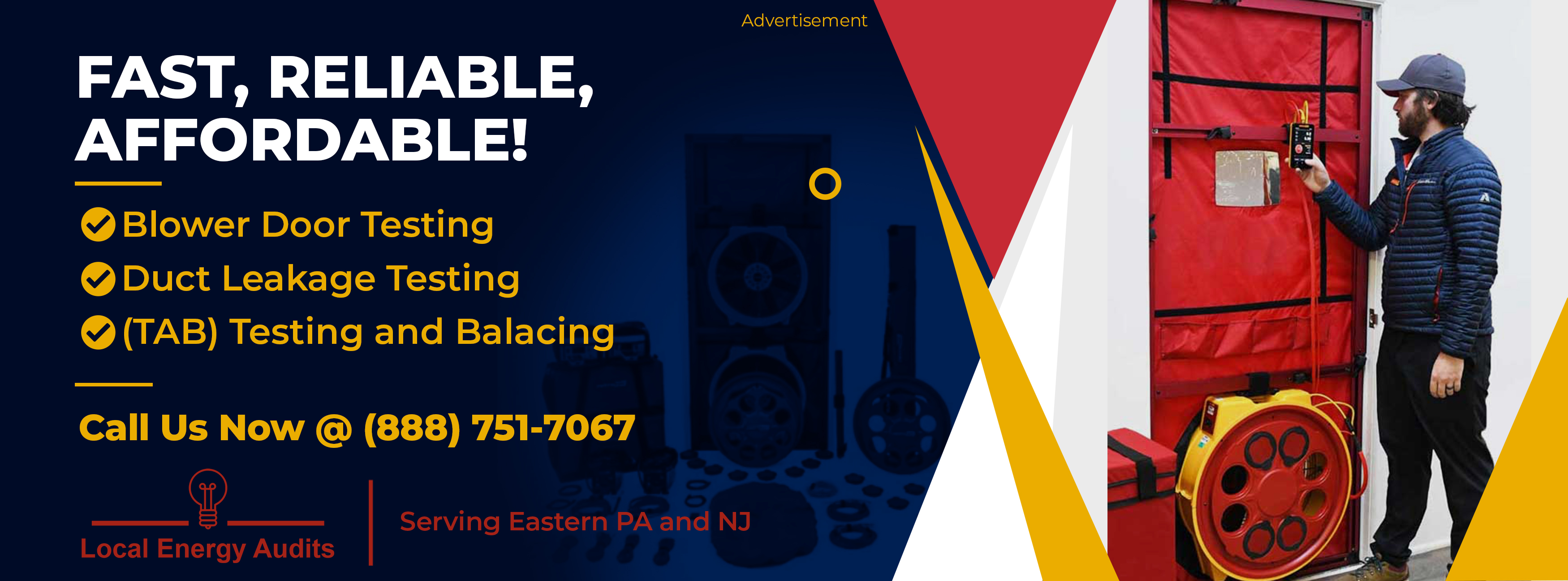Steps to a Successful Project
Getting the details right the first time is critical because
repairing duct leaks and envelope air leaks after they have been
covered with drywall is time-consuming and expensive. It is
worth taking some extra effort up front to make sure your construction team
builds dwellings that meet the stringent performance requirements.
A conservative approach would include the following steps:
- Identify an energy code compliance specialist (with testing
capabilities) to assist with the project.
|
- Perform testing on a recently constructed building to
determine how your standard construction methods perform in
relation to the code requirements.
|
- Train critical staff on the energy code requirements.
|
- After the building is framed, complete on-site training of
contractors and site staff.
|
- After the building is insulated, but before drywall is
installed, inspect air
sealing and duct
sealing details. Rough-in testing of
duct leakage could also be completed at this point.
|
- Submit documentation to local code official.
|
After a string of successful projects, it may be possible to streamline
the process.

